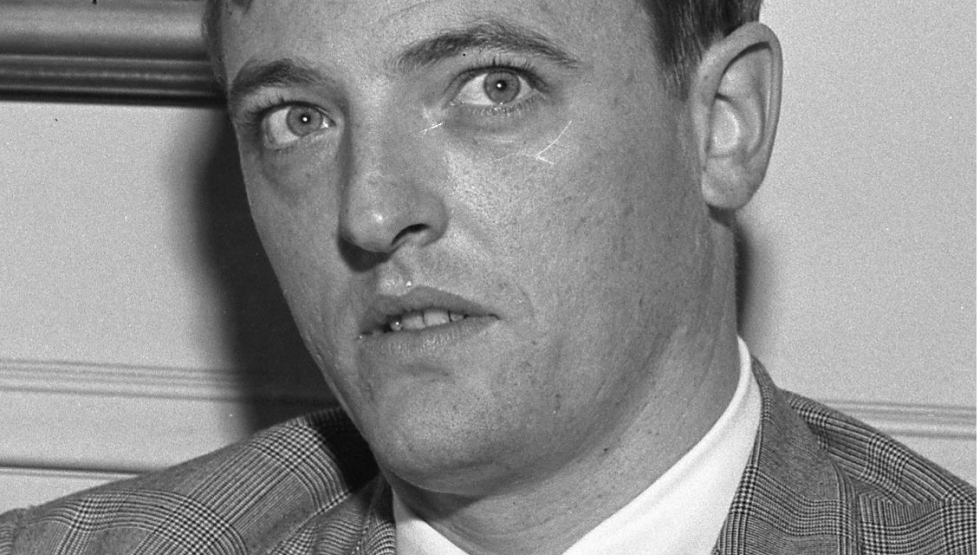In the Winter 1983 issue of the Journal of Ecumenical Studies, Philip Devenish, a United Church of Christ pastor and later professor at the University of Chicago’s Divinity School, published a provocative article: “Can a Roman Catholic Be an Historian?” Devenish’s opening line was part apologia: “Not only might the phrasing of this question seem tendentious, but asking it at all might seem gratuitous.”
Yet he does ask the question, and concludes: “Since one cannot be a Catholic historian without also being a rational historian, and since particular prejudgments of Catholic hermeneutics are incompatible with the rational hermeneutics that define the method of the rational historian, one who adheres to Catholic hermeneutics cannot be an historian at all.” In short, the answer to the question posed in his title is a firm no.
Appropriate to the publication’s ecumenical spirit, Devenish offers an olive branch in the essay’s final section—a suggestion that Catholic interpreters “enter into dialogue with official Church documents,” taking on what a later commenter would describe as replacing “an authoritarian approach to papal documents and hence to biblical texts … with a dialogical approach.” All exegetes, he affirms, bring “prejudgements” to a text; he just had particular reservations about a Catholic approach.
The merits of his argument aside, the topic had been on Devenish’s mind for years. He had presented a nascent version of the essay as a lecture at the University of Notre Dame in 1979. A young theologian named James Tabor, newly hired by the theology department, was quite taken by Devenish’s pugilism, and has made an academic and popular career out of similar provocations.
Tabor’s new book, The Lost Mary: Rediscovering the Mother of Jesus, follows his other titles on Jesus and Paul from American secular publishers. A frequent media guest, Tabor knows how to stir the intellectual pot, and this new book is no different. Although I am likely disqualified based on Devenish’s rubric—I pledge allegiance to Sancta Mater Ecclesia, the Second Vatican Council’s affirmation of the historical truth of the Gospels—I approached his book with a desire not to prejudge.
Tabor does several things well. “That Mary is the most notable of all women who ever lived is indisputable,” he claims early in the book, noting that in addition to Christians, Muslims also “honour her memory.” Listed “among the prophets,” she is the only woman named in the Qur’an. He has a knack for putting us on the ground in Mary’s time. Christ is not mere abstraction, but a body that suffered that most brutal of punishments: crucifixion. Tabor’s reminders are not easy reading, but they are necessary. The punishment would last for days, naked bodies nailed to the cross under “hot sun”; full exposure meant to create physical pain but also to “shame the victims, family, and friends.” Death would be followed by desecration of the body, which hung on the cross, the action of non-burial “a great affront to Jewish tradition and law.”
Tabor also compels us to consider Mary’s chaotic milieu: “Mary was still nursing her baby, who was less than a year old, when the entire country, teetering on the edge of full-scale revolt, came apart.” He is clear on her bravery and grace and writes with a dramatic flair. Yet The Lost Mary rests on tenuous—and simultaneously expansive—claims. Tabor writes: “Mary’s brilliant and insightful mind comes through unfiltered in the revolutionary teachings of her sons Jesus and James—and her nephew John the Baptizer. These ideas and principles did not spring from dry ground but from a well-watered garden that Mary provided for her family, even as a widowed single mother with eight or more children.”
Here Tabor echoes Stephen Shoemaker, whom Tabor says “shares my view that the de-emphasis of Mary in the New Testament is a product of an aversion to the family of Jesus, the towering influence of James, and an advocacy for Pauline Christianity.” It is safe to say that Tabor has inherited Devenish’s scepticism for Sancta Mater Ecclesia.
Early in the book, Tabor laments how Marian devotion has simplified Mary; she is a figure, an abstraction, and not appreciated as a real woman. I think rather the opposite; in Catholic tradition, she is very much corporeal, dynamic, and equally mystical. Tabor seeks to save Mary from being “distorted” and “transformed,” but his project in The Lost Mary engages in another form of revision.
Tabor’s time at Notre Dame ended in 1985, but Our Lady has remained on his mind. We should be thankful for that, perhaps, but it is possible to venerate her memory without recasting her story.




.jpg)











